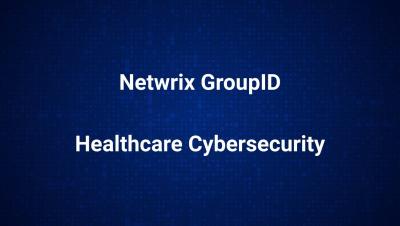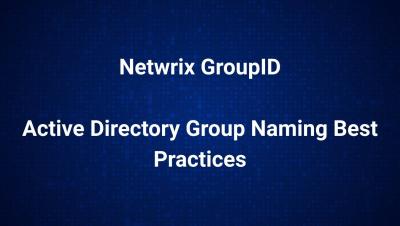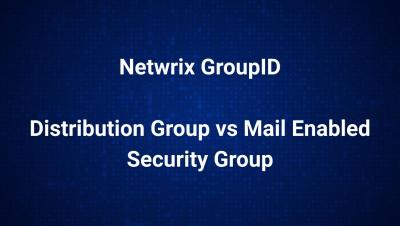How to Use OpenSSH to Move Files in Windows Server
Linux and Unix admins are accustomed to using Open Secure Shell (OpenSSH) to connect to servers because it has been included in those systems for decades. Windows users, on the other hand, have traditionally had to download third-party tools like Putty or WinSCP to utilize SSH capabilities. However, that changed when OpenSSH became available as an optional feature in Windows 10 and Windows Server 2019.











